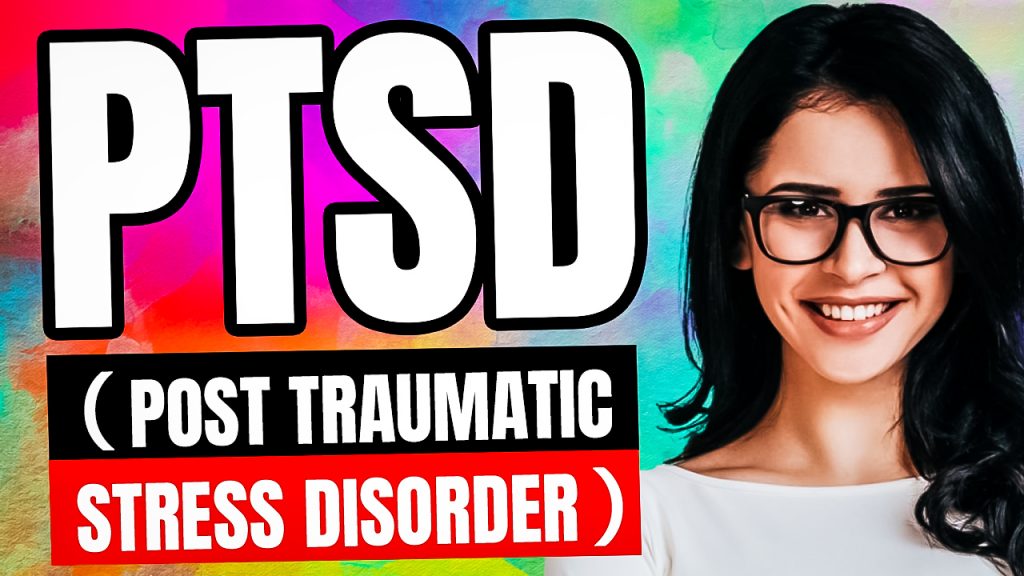
Post-traumatic stress disorder (PTSD) is a mental health condition that can occur after someone experiences or witnesses a traumatic event. This condition can affect anyone, regardless of their age, gender, ethnicity, or social status. PTSD is characterized by a range of symptoms that can have a significant impact on a person’s daily life, including flashbacks, nightmares, avoidance, and hyperarousal. In this essay, we will explore what PTSD is, its causes, symptoms, diagnosis, treatment, and prevention.
Causes of PTSD
PTSD can occur after experiencing or witnessing a traumatic event, such as a natural disaster, military combat, sexual or physical assault, serious accident, or the sudden death of a loved one. The severity and duration of the trauma can also play a role in the development of PTSD. For example, someone who has experienced a natural disaster may be more likely to develop PTSD if they have lost their home, family members, or livelihood.
Additionally, factors such as personal history, genetics, and mental health can also contribute to the development of PTSD. People who have experienced trauma in childhood or have a history of mental health conditions, such as depression or anxiety, may be more susceptible to developing PTSD.
Symptoms of PTSD
The symptoms of PTSD can be divided into four main categories: intrusive thoughts, avoidance, negative changes in mood and cognition, and changes in arousal and reactivity.
Intrusive thoughts can include flashbacks, nightmares, and unwanted memories of the traumatic event. These thoughts can be triggered by certain sights, sounds, or smells that remind the person of the trauma.
Avoidance can involve efforts to avoid people, places, or activities that remind the person of the trauma. This can also include a loss of interest in activities that were once enjoyable or social withdrawal.
Negative changes in mood and cognition can include feelings of guilt, shame, or hopelessness, as well as difficulty remembering important details of the traumatic event.
Changes in arousal and reactivity can include hypervigilance, exaggerated startle response, and irritability. This can also include difficulty sleeping and concentrating.
Diagnosis of PTSD
To diagnose PTSD, a mental health professional will conduct a thorough assessment of a person’s symptoms, medical history, and other factors. The assessment may involve a clinical interview, psychological testing, and observation of the person’s behavior. The diagnostic criteria for PTSD are outlined in the Diagnostic and Statistical Manual of Mental Disorders (DSM-5), which is published by the American Psychiatric Association.
Treatment of PTSD
There are several effective treatments for PTSD, including psychotherapy, medication, and alternative therapies.
Psychotherapy, or talk therapy, can help people with PTSD to process and cope with their traumatic memories. Cognitive-behavioral therapy (CBT) is one type of psychotherapy that is often used to treat PTSD. CBT helps people to identify and change negative thoughts and behaviors related to their trauma.
Medications, such as antidepressants and anti-anxiety medications, may also be used to treat PTSD. These medications can help to alleviate symptoms of depression, anxiety, and sleep disturbances.
Alternative therapies, such as eye movement desensitization and reprocessing (EMDR) and yoga, may also be effective in treating PTSD. EMDR involves the use of rapid eye movements to help people process traumatic memories. Yoga can help to reduce stress and improve overall well-being.
Prevention of PTSD
Preventing PTSD can be challenging, as it is not always possible to predict or prevent traumatic events. However, there are steps that people can take to reduce their risk of developing PTSD after a traumatic event. These steps include seeking support from friends and family, seeking professional help if needed, and practicing self-care, such as getting enough sleep, eating a healthy diet, and engaging in regular exercise.
In addition to these individual measures, there are also community-level strategies that can help to prevent PTSD. For example, increasing access to mental health services
and providing support for those who have experienced trauma can help to reduce the likelihood of developing PTSD.
Conclusion
In conclusion, PTSD is a mental health condition that can occur after someone experiences or witnesses a traumatic event. The causes of PTSD can include a range of factors, including personal history, genetics, and the severity and duration of the trauma. The symptoms of PTSD can have a significant impact on a person’s daily life, but effective treatments are available, including psychotherapy, medication, and alternative therapies. Additionally, there are steps that individuals and communities can take to prevent the development of PTSD after a traumatic event. By increasing awareness and understanding of PTSD, we can work towards better prevention, diagnosis, and treatment of this condition.
This Post is Brought To You By BetterHelp